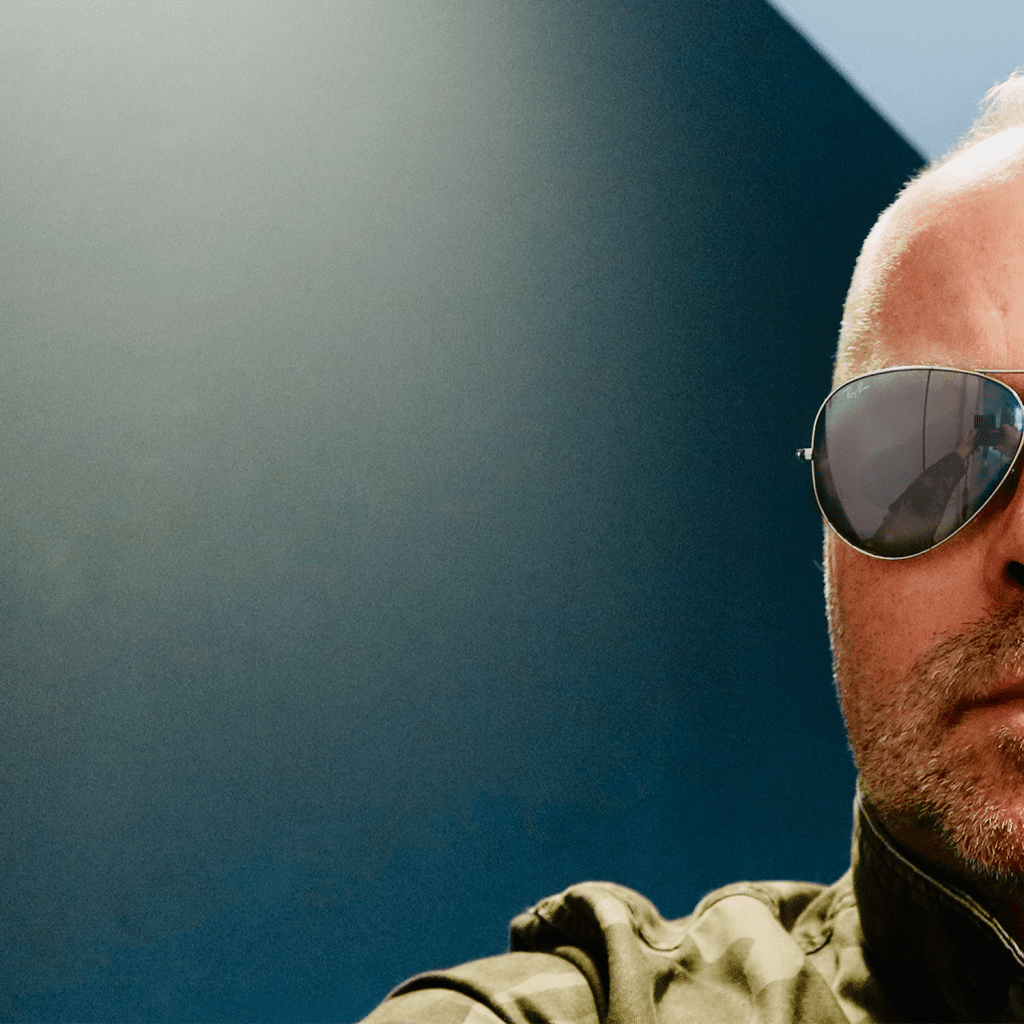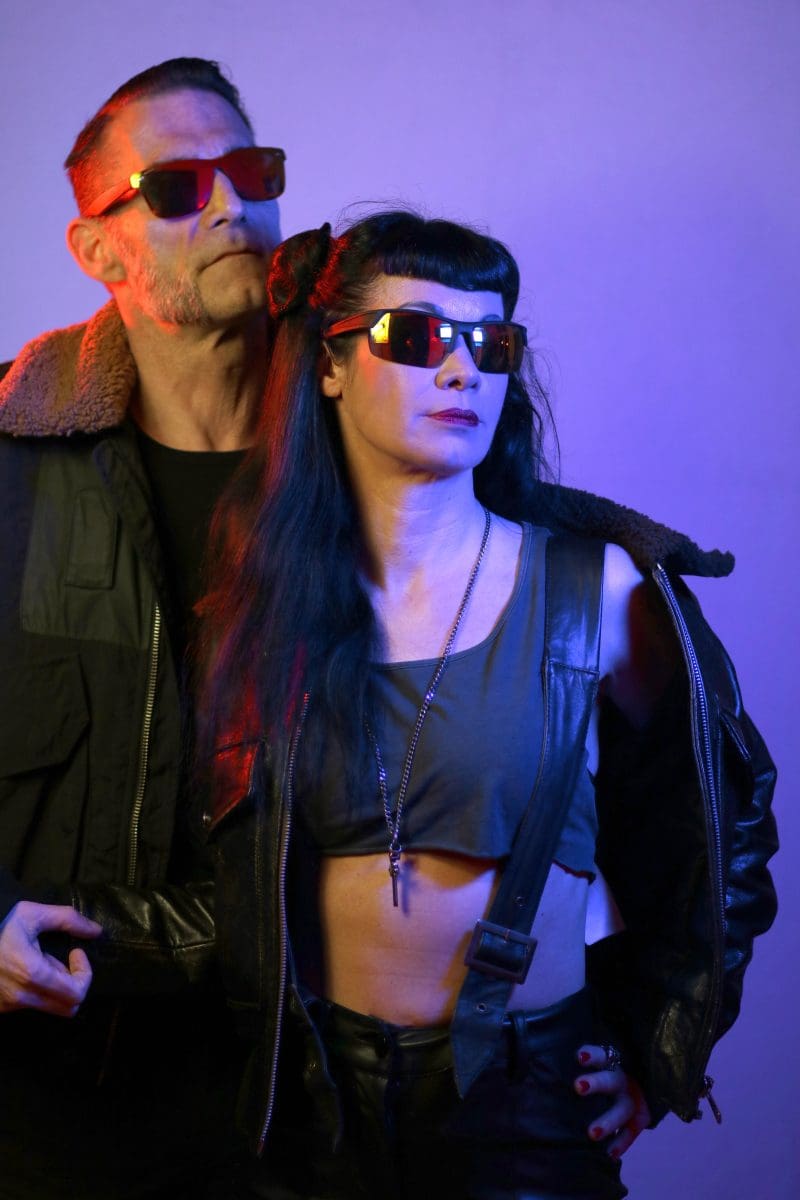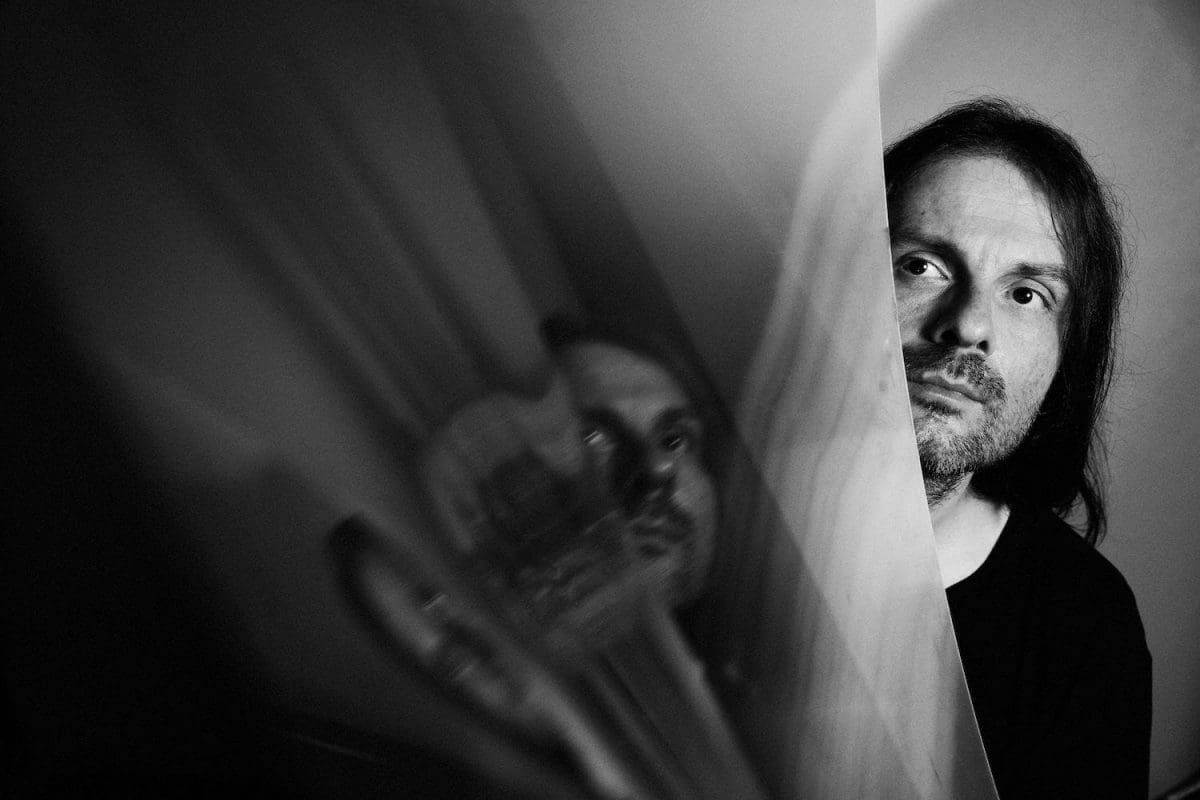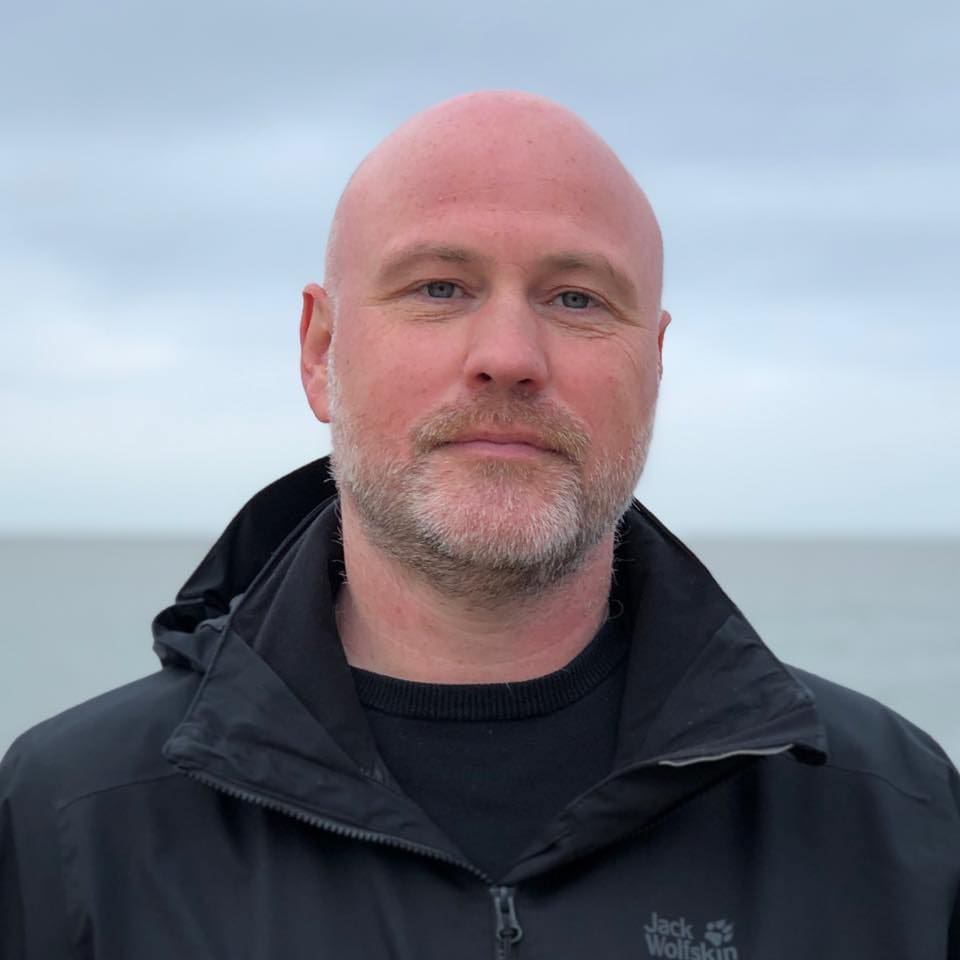Cubic interview: ‘Electro, techno and EBM into one package!’


Cubic
Relying solely on hardware synths, drum machines, and fx, the sound of Cubic is made of relentless basslines, vocoder voices, and 4/4 kicks. An explosive fusion of 808 drums, KRAFTWERK percussions, and nostalgic 80’s computer vibes. For the occasion of the release of his new studio album “Back To Basic”, we talked with Belgian electronic artist Franky Deblomme about synths, computers and floppy disks…
The new album is available from Bandcamp and from the Alfa Matrix webstore on CD.
SL. “Back To Basic” pays homage to the iconic Commodore computers with its title and previous EP releases “c64” and “c128”. Can you tell us more about how these influences shaped the concept and sound of the album?
F. I estimate that I must have got my first computer ( an Atari 800 XL ) sometime around 1986/1988 . Shortly afterwards it was traded in for a Commodore 64. At that time (I was around 14 years old) I was already very into electronic music . With these computers, I naturally thought that I would now be able to handle everything (which was not the case of course). But the familiar sound of the SID chip (in the 64) and the simple programming of a melody (in BASIC) formed the basis of my further musical path. So it seemed appropriate to release a limited floppy disk together with the new CD, containing a few samples that could be used freely. In addition to the floppy disc, the ‘fan pack ‘ also includes 2 postcards and a CUBIC business card
SL. The album promises an explosive fusion of 808 drums, KRAFTWERK percussions, and nostalgic 80’s computer vibes. How did you balance incorporating these retro elements while still creating something fresh and relevant for modern listeners?
F. In my opinion, it is impossible to make really “new” music, everything has been tried before. Over the years you start (under) consciously storing things you like in the back of your mind, which then come back to the surface when you start making music. So the new album definitely contains a lot of ‘classic’ sounds and structures. It is probably not innovative, but I do try to take these classical sounds to a higher level using modern technologies.
SL. “Computer Alphabet”, the opening track, features vocals by the iconic Speak and Spell computer. What inspired this choice, and how does it set the tone for the rest of the album? I see it also as a bridge with the previous album’s concept?
F. Indeed, the first track forms the bridge between the previous album and the new path I have taken with this new album. The previous album was all about the “alphabet”, so it seemed appropriate to repeat this theme one more time. I think I first got to know the Speak and Spell computer sound through the sample in the track LFO by LFO on the Warp label in 1990, which had a big impact on me. The name ‘speak and spell ‘ is of course even more important in my musical influence : the iconic (and best) Depeche Mode album! And yes, I have an original Speak and Spell computer in the studio (but I think you could already guess that).
SL. You mentioned influences from classic electro artists like Anthony Rother and Dopplereffect. How do you pay homage to these pioneers while also infusing your own unique style and modern twists into tracks like ‘ART INN’ or yet ‘Pleasure Machine’?
F. It has to be said that it is mainly because of Dave Clarke that I got to know the ‘electro’ sound. This through his various compilations ( “X-mix Electro Boogie” from 96 and the “World Service” from 2001). This made me delve further into the genre and I discovered artists like Anthony Rother and Dopplerffect. It is a genre that still moves me after 25 years. And as for Anthony Rother, a lot of respect that he keeps going, I still enjoy his monthly youtube videos in his studio. This “electro” scene is still very much alive : there are still a lot of releases and labels dedicated to this genre. With this album, I hope to conquer a place in this community by combining electro, techno and ebm influences into one package.
SL. “Back To Basic” relies solely on hardware synths, drum computers, and effects. Can you discuss the creative process behind using these tools to craft the album’s sonic palette, and how it differs from working with software-based production?
F. First of all, I have no prejudice between soft or hardware or analogue versus digital. Everyone should use what suits them best. For me this is hardware! For this album I used a specific live setup : 1 drum computer + 3 synthesizers + 1 hardware sequencer. With this I started jamming and laying down the basis for a song. Everything is then recorded ‘live’ on separate tracks into Logic ( through my Soundcraft MTK 22 mixer, usually 8 or so separate tracks). Once this basis was there, I could add things or cut and paste until I had a full song. A way of working that I will also use in the future.
SL. The album features the unique use of the first Belgian Drumcomputer (Modor DR2) and its synthesizer counterpart (Modor NF1). What drew you to these specific instruments, and how do they contribute to the overall sound of CUBIC? I have the impression that your home-studio tends to become a sort of synth museum?
F. I’ve always had a weakness for drum computers. So there wasn’t much resistance to also buying the first (e only) Belgian drum computer. Modor’s products are very tacky and really made for live use. They have a unique sound (although they can sound like the classic analogue machines, their aim is to be just different too). Since Belgium has never been a big player in all these electronic music instruments, it seemed only natural to support this project. I do indeed have a nice collection of instruments by now , but I don’t do this purely for collecting. After more than 35 years, I am still hungry to get to know and discover both new and old instruments. Mind you, to make fine music you don’t need 20 synthesizers . I always limit myself to a few instruments per project!
SL. As an artist, how do you navigate blending genres like electro, techno, and EBM to create a cohesive listening experience on “Back To Basic”?
F. CUBIC has always been a project where I wanted to mix different styles and not limit myself to one genre. Which way this goes often depends either on your mood or on the music you are listening to at that moment. For this second album, this is clearly more ‘electro’ than the previous one. But as said, a next album can then go in a different direction, without really losing your identity. And of course it’s great that the label allows me the freedom to experiment across all these different genres.
SL. What do you hope listeners take away from this album, and how do you see it fitting into the broader landscape of electronic music today?
F. In a certain sense, of course, it remains a niche market in which I operate. But a song like ‘TITT’, with vocals and some nice melodies can certainly find its place within a wider audience. I also notice that the new sounds are generating more plays, so we are heading in the right direction here.
Since you’re here …
… we have a small favour to ask. More people are reading Side-Line Magazine than ever but advertising revenues across the media are falling fast. Unlike many news organisations, we haven’t put up a paywall – we want to keep our journalism as open as we can - and we refuse to add annoying advertising. So you can see why we need to ask for your help.
Side-Line’s independent journalism takes a lot of time, money and hard work to produce. But we do it because we want to push the artists we like and who are equally fighting to survive.
If everyone who reads our reporting, who likes it, helps fund it, our future would be much more secure. For as little as 5 US$, you can support Side-Line Magazine – and it only takes a minute. Thank you.
The donations are safely powered by Paypal.











